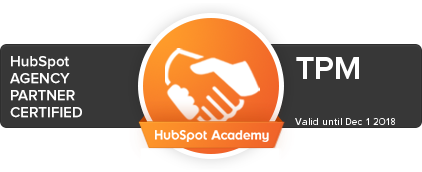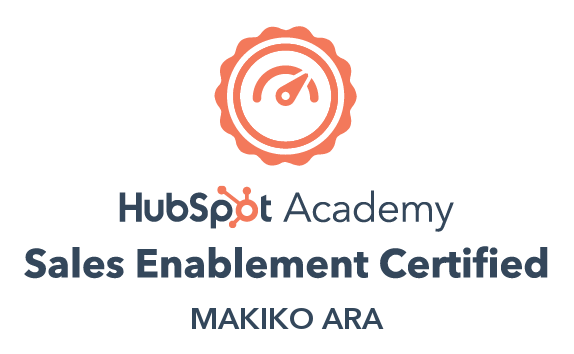Improving sales performance is top of mind for many organizations today — but it’s not like it was ever really a low priority. Even in boom times when revenue was flowing freely, keeping sales alive and thriving has always been critical to growth and success. I’ve talked a lot this year about sales enablement optimization, but I want to dig a little deeper into how sales enablement can support the most popular B2B sales methodologies as we look to 2025.
Top Sales Methodologies for 2025
A sales methodology is a template built to help your team achieve sales objectives and optimize sales performance. It’s effectively a repeatable series of steps your sales representatives can follow to convert an early-stage lead to a shiny new customer. And while every organization’s way of selling is unique, most companies adopt a proven methodology on which to build their process.
Sales methodologies and sales enablement are not the same thing — having one doesn’t negate your need for the other. Rather, they are two valuable tools in your sales team’s arsenal. We’ll start by examining some of today’s top sales methodologies and then dig into how sales enablement can help improve the efficacy of some of these popular systems.
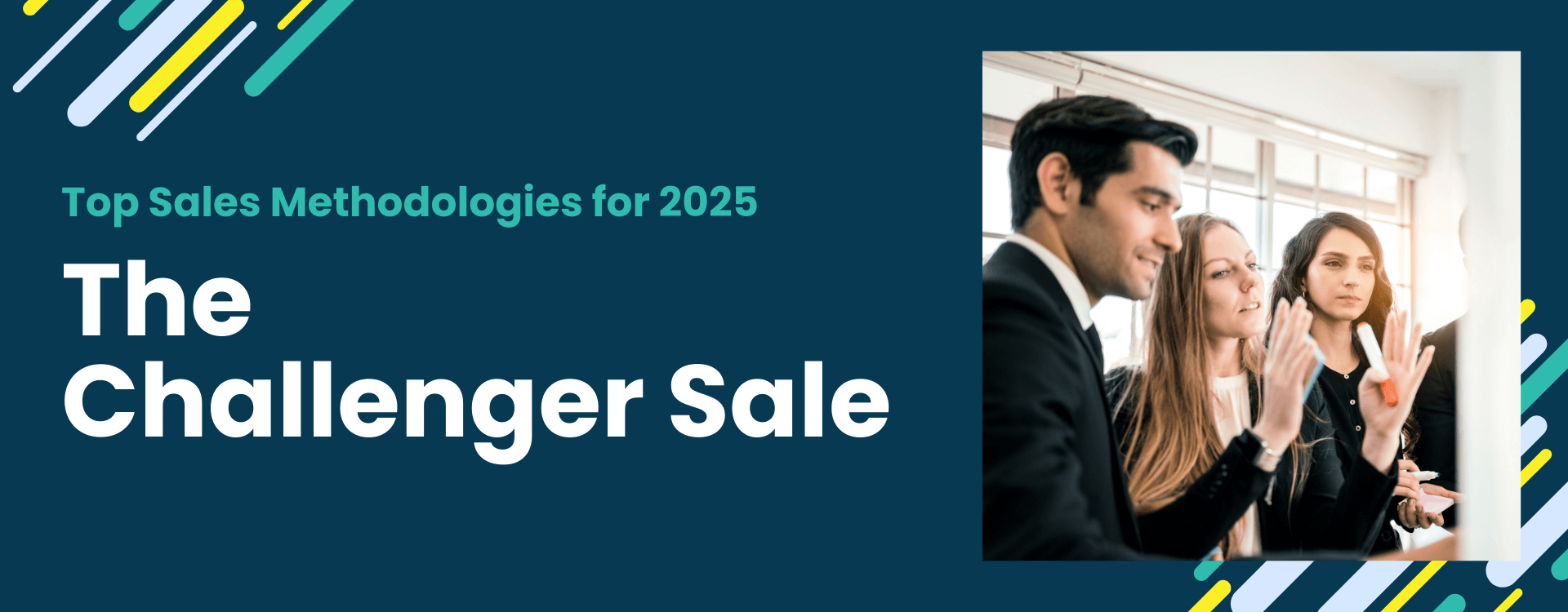
1. The Challenger Sale
Based on one of the most extensive sales studies ever done, the Challenger Sale has long been — and remains — one of the most popular sales methodologies. It was developed in response to shifts in the buyer journey, helping sales representatives adapt to a world in which they were no longer an early point of contact for prospective customers.
The Challenger sales methodology encourages sales reps to be proactive and take control of the sales process, using constructive tension to push prospects to think differently about their businesses instead of leading with a solution-based sales pitch.
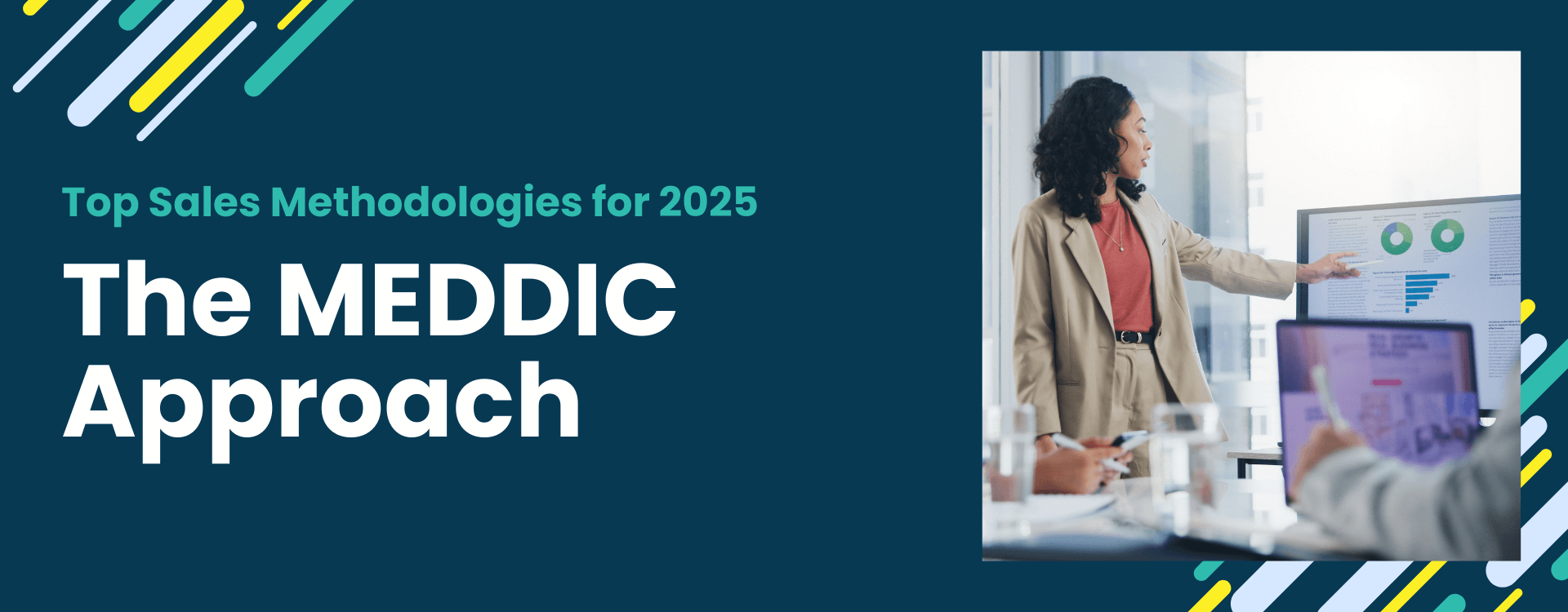
2. The MEDDIC Approach
Created in the mid-90s, the MEDDIC sales methodology remains popular among sales methodologies because of its focus on lead qualification. This methodology leans heavily on data and metrics to help sales teams identify the optimal time and strategy for engaging prospects.
MEDDIC is an acronym:
- Metrics — Data that shows customers what they’ll achieve with your solution
- Economic buyer — The decision-maker with the financial authority to make a purchase
- Decision criteria — What factors affect the customer’s decision to purchase
- Decision process — The steps involved in committing to a purchase
- Identify pain — Determining what challenges or roadblocks your solution can address for the customer
- Champion — An advocate within the prospect company who will promote your solution
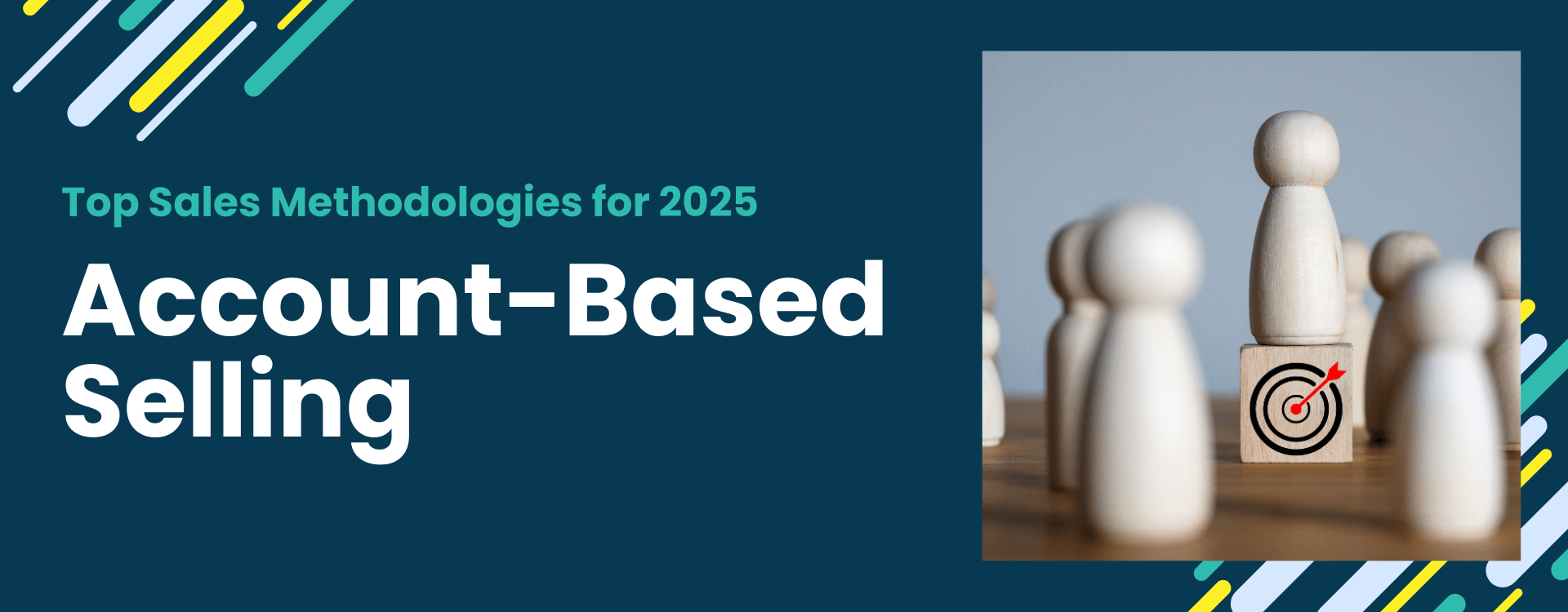
3. Account-Based Selling
Account-Based Selling (ABS) is the preferred sales methodology for companies targeting large enterprise clients. Because the focus of this strategy is on identifying and reaching specific high-value accounts — rather than individual leaders — sales and marketing alignment is vital to ABS.
This tactic has four stages:
- Identifying target accounts based on criteria like revenue potential
- Gathering intelligence and insights about these targets
- Developing and executing an engagement plan tailored to accounts’ needs and pain points
- Demonstrating your solution’s unique value proposition to close the deal
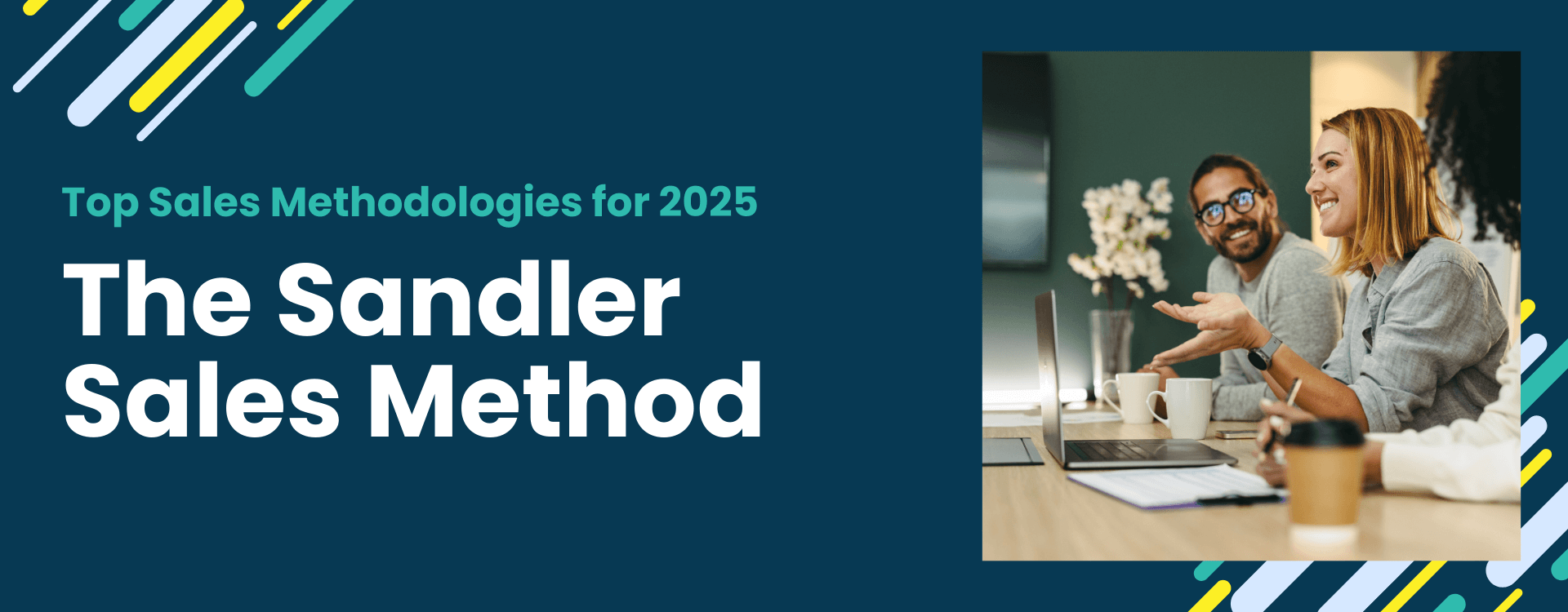
4. The Sandler Sales Method
Like MEDDIC, the persistent popularity of the Sandler Sales Method comes from its concentration on relationship-building and lead qualification rather than closing deals. Unlike the more aggressive Challenger approach, Sandler sales representatives act as consultants and work to ensure prospects are perfectly matched with their solution.
Under the Sandler sales methodology, sales teams listen carefully to understand buyers’ pain points, limitations, challenges, and goals to get inside prospects’ minds. Effective use of this approach means leads may actually start to believe the solution was their idea rather than a suggestion from the sales rep.

5. ValueSelling
Many popular sales methodologies focus on the buyer’s side of the equation while working toward a sale, but the ValueSelling Framework concentrates on what the sales team’s organization has to offer — highlighting the benefits of a product or service throughout the engagement.
Key facets of ValueSelling include:
- Clearly understanding what differentiates you from competitors
- Focusing on providing a reason to buy without rushing the sale
- Investing to build a healthy pipeline of quality leads
- Detailed knowledge of your solution and its competitors
Sales Enablement Optimization and Sales Methodologies
Regardless of the methodology you choose, a robust sales enablement framework can help ensure your chosen tactics deliver the results you need.
Don’t Forget!
The key elements of an effective sales enablement framework are:
- Collaboration across all customer-facing teams
- Cross-functional strategies that ensure consistent support and services
- Automation of manual or repetitive tasks to create repeatable processes
- Development of sales skills
- Creating content and tools that add value to every customer interaction
Challenger and Account-Based Sales teams will rely on collaboration from other customer-facing teams to build the accurate picture of their ideal customer persona required for their methodologies to succeed. Organizations using a Sandler or ValueSelling approach will rely heavily on the marketing team to provide content and tools that add value to every interaction. Success with the MEDDIC methodology depends on alignment around critical metrics and the buyer journey.
Struggling to make your chosen sales methodology work for you? The experts at TPM have the knowledge, experience, and tools needed to support your sales process. Whether you need help building a sales enablement framework, defining how your team will qualify leads, or developing a reliable pipeline of prospects, we can help. Contact us to discuss your needs.
Enjoyed this read?
See our full collection of Sales Enablement blogs to close more deals, faster!

